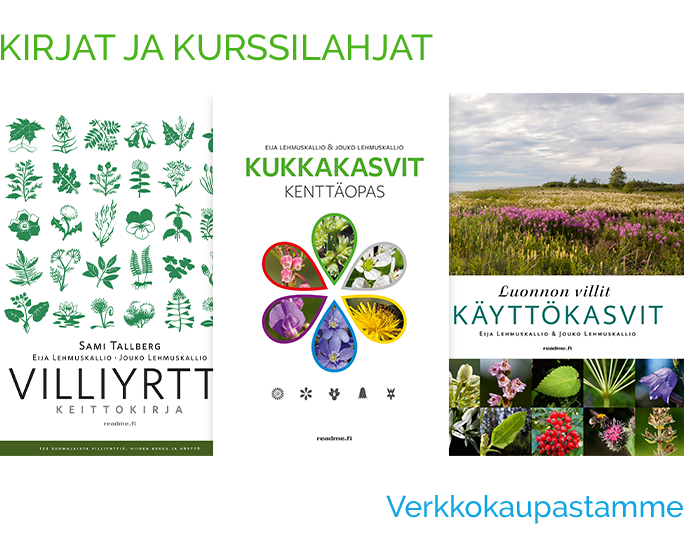Arctic Ringlet
Erebia disaWing span
Medium-sized, 40–50 mm (1.56–1.95 in.).
Wing upper side
Brown–dark brown. Forewing with red or orange strip along edge, with black blotches or (white-centred) eyespots.
Wing underside
Forewing pattern same as upper side. Hind wing greyish brown with broad, darker lateral band. Margin with row of short dark stripes.
Habitat
Bogs and damp forests.
Flying time
Late Juni–early July.
Overwintering form
Caterpillar (overwinters twice).
Larval foodplant
Different grasses (Poaceae), and cottongrasses (Eriophorum) and sedges (Carex) are also probably foodplants because the species often flies in habitats where they grow.
Endangerment
Vulnerable.
The Arctic ringlet can be found over quite a large area but only rarely in northern Lapland. Like its relatives, it has eyespots on its wings which are surrounded by a red or reddish orange area. The Arctic ringlet can be found in bogs, which is quite unusual among its relatives, with the possible exception of the dewy ringlet and the Lapland ringlet. The Arctic ringlet has no white blotches on the underside of its hind wings, which makes it easy to tell apart from the Lapland ringlet and the Arran brown. The dark, lateral band on the underside of its hind wings differentiates it from the Arctic woodland ringlet and the Lapland ringlet, but the dewy ringlet also has the same kind of strip. The underside of the forewing of the Arctic ringlet is brown with orange only around the eyespots, but the underside of the dewy ringlet’s forewing is rust-red. The Arctic ringlet has no red stripes or blotches on either side of its hind wings, which sets it apart from the Arctic woodland ringlet and the Arran brown.


